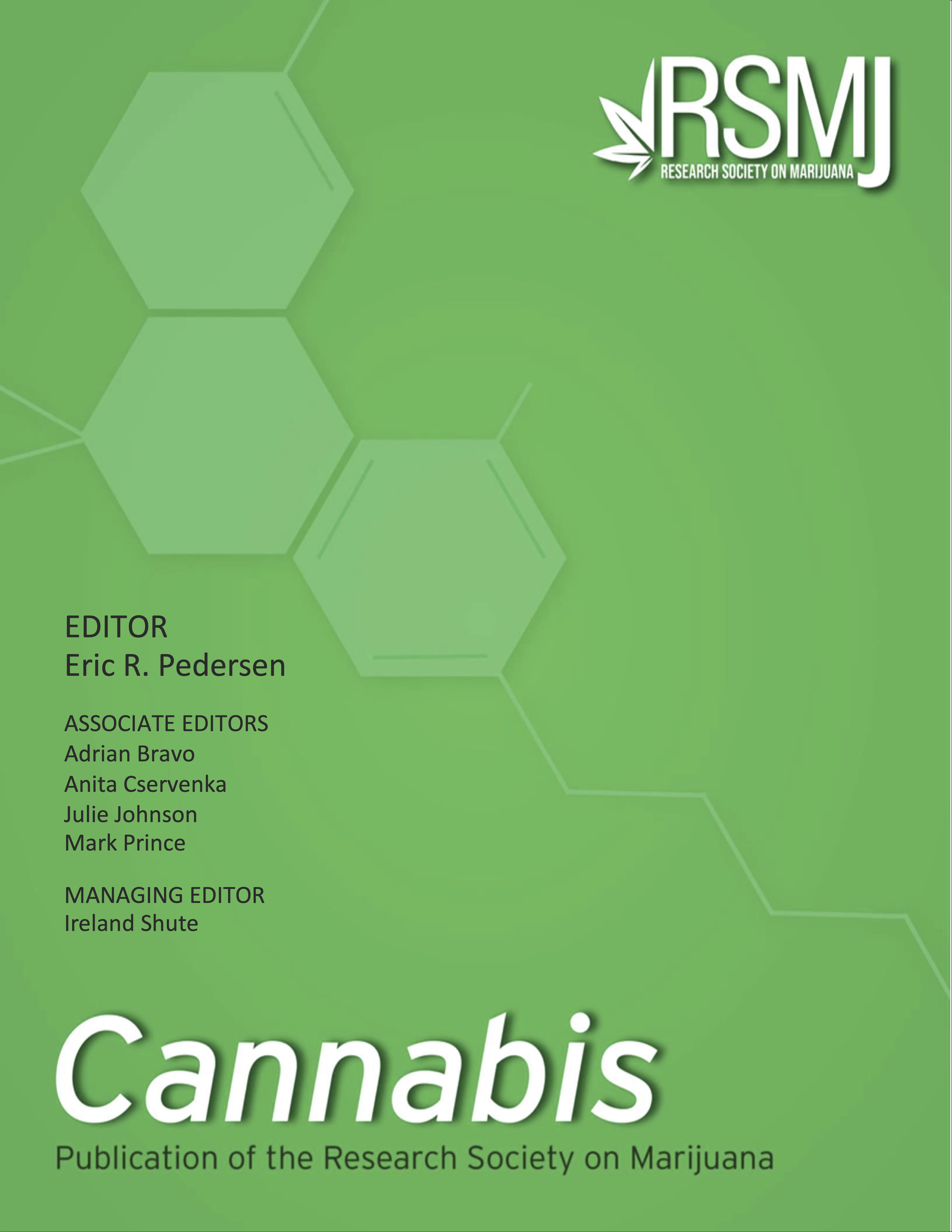Association of Financial Wellness with Patterns of Medical Cannabis Use and Patient-Reported Outcomes in Adults with Cancer
Abstract
Objective: Despite increasing use of medical cannabis to manage cancer-related symptoms, U.S. payers do not reimburse medical cannabis, leaving patients responsible for all associated costs. We assessed how self-reported financial well-being is associated with patterns of cannabis consumption, out-of-pocket costs, and impact on symptoms in patients with cancer. Method: From December 2021 to January 2022, we surveyed patients with cancer enrolled in the Minnesota Medical Cannabis Program. The mailed survey included cancer history, cannabis use history, symptom changes and sociodemographic questions including income and perceived financial wellness. We conducted descriptive analyses. Results: Of 797 eligible adults, 220 (28%) responded to the survey. Two hundred eleven answered a question about current household income as living comfortably (LC, 45%; n = 95) or not living comfortably (NLC, 55%; n = 116). The NLC group reported lower incomes (47% vs 8% with annual incomes <$50,000) and were typically younger, unmarried, unemployed, or disabled. NLC group purchased more vaporizers (48% vs 27%), used products high in THC (92% vs 82%), and reported higher cannabis costs (40% vs 21% spending $200+/month). The NLC group more often stopped or used cannabis less frequently than they would like (54% versus 32%), frequently citing costs as a reason (85% vs 39%). Both NLC and LC groups typically used cannabis daily and reported a high degree of symptom improvement. Conclusions: Patients with cancer using cannabis report significant improvements in cancer-related symptoms. High out-of-pocket costs for cannabis may be especially burdensome among those already financially struggling, raising questions about affordability of and equitable access to this therapy.
Downloads
Additional Files
Published
Issue
Section
License
Copyright (c) 2025 Dylan Zylla, Helen Parsons, Jeanette Ziegenfuss, Bruce Lindgren, Susan Park, Patricia Jewett, Arjun Gupta, Anne Blaes

This work is licensed under a Creative Commons Attribution-NonCommercial-NoDerivatives 4.0 International License.

